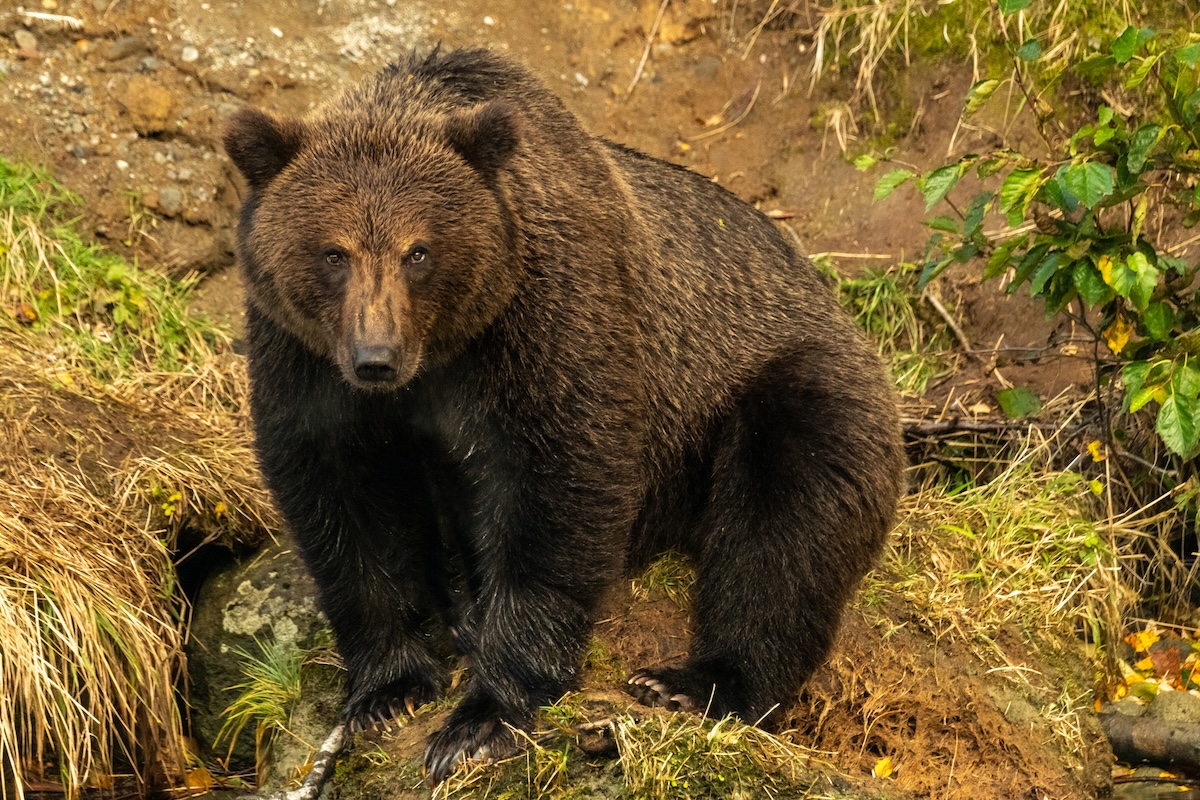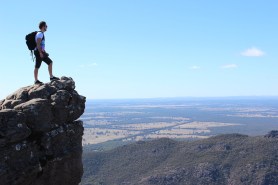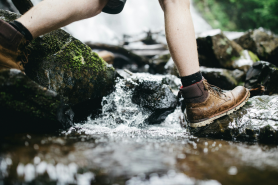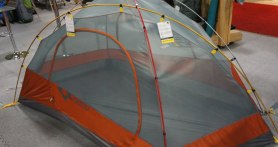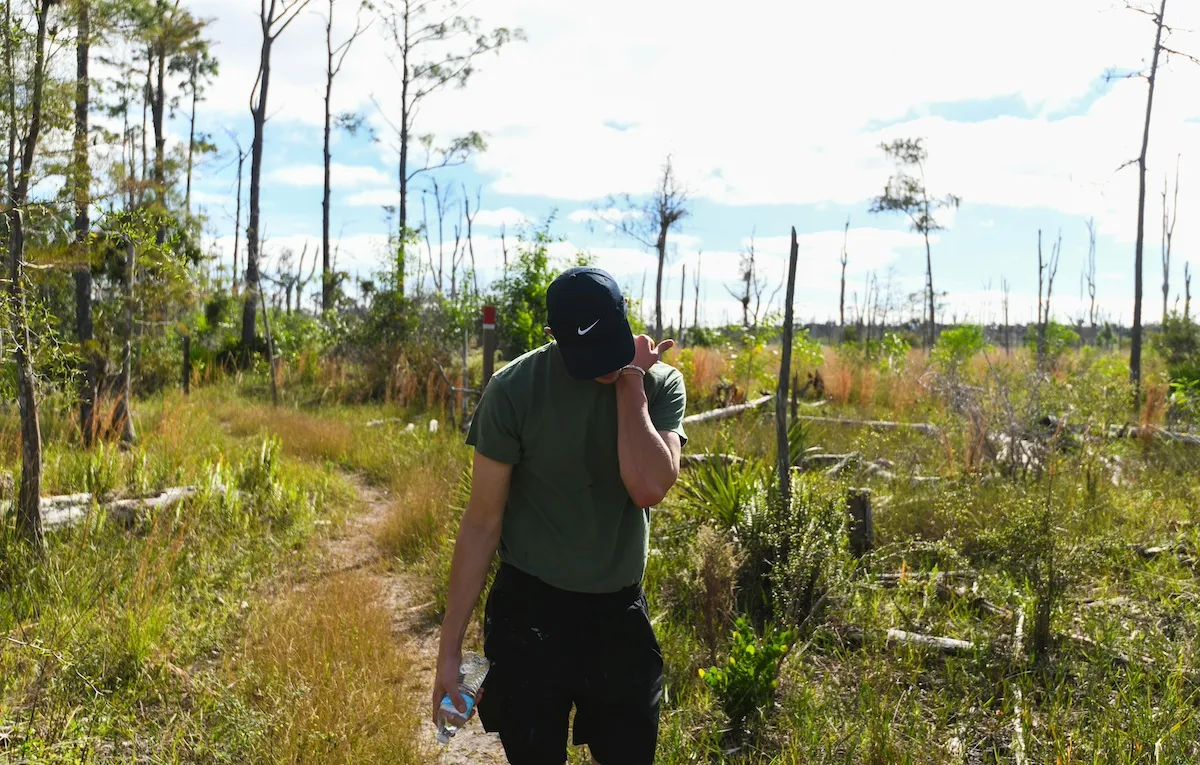

Got some outdoor plans this spring and summer? Of course you do, since you’re here at Outdoors.com. There’s one piece of gear that you may not be stressing about that deserves more attention than it usually gets. Sure, you need your day pack, your trekking poles, and your shoes. You need a hat, a harness, a kayak, a cooler, a tent, and a million other things . . . but we’re talking about sunscreen. Here’s why sunscreen is the most underrated piece of outdoor gear in your kit.
Videos by Outdoors
This post contains affiliate links. Outdoors.com may earn a commission when you make a purchase through these links. Thank you for your support.
The Sun’s UV Rays Can Kill You
If you don’t protect your skin from the sun, you’re increasing your risk of skin cancer. In fact, one in five Americans will develop skin cancer by the age of 70. Whether skin cancer is life threatening or not depends on the type and the treatment. Basal cell carcinomas and squamous cell carcinomas are not typically deadly, but melanoma can be if you do not catch it early.
How exactly does the sun cause cancer? According to the National Institutes of Health (NIH), when UV light enters your skin cells, it can harm the genetic material—the DNA—within. “DNA damage can cause changes to cells that make them rapidly grow and divide,” NIH says. “This growth can lead to clumps of extra cells called a tumor, or lesion. These may be cancerous (malignant) or harmless (benign).”
Thankfully, there’s something you can do to keep UV rays from breaking into your skin cells and wreaking havoc on your DNA—wear sunscreen.
How Sunscreen Works
Some sunscreens use chemicals like avobenzone, oxybenzone, and others to absorb the sun’s rays, turn them into heat, and release them from your skin. This prevents most of the UV radiation from entering your skin cells.
Other sunscreens use minerals like zinc oxide and/or titanium dioxide as physical blockers to prevent UV radiation from entering your skin cells. The product sits on top of your skin, like a shield, deflecting the rays and absorbing some of them, too.
Tips for Choosing a Sunscreen
- Decide mineral or chemical
- Select broad spectrum
- Opt for SPF 30+
- Apply and reapply according to the instructions
- Go for sweat-proof
When choosing a sunscreen to add to your outdoor gear, first consider what type of protection you prefer: physical/mineral or chemical. There are pros and cons to each type. People with sensitive skin may prefer a mineral sunscreen, while those who really hate having a white cast may prefer a chemical sunscreen.
Also consider the environment. If you’re going into a body of water, such as the ocean or even a lake or stream, a reef-safe sunscreen is the best option. Reef-safe sunscreens use a mineral base and do not contain nano-particles.
No matter which type of sunscreen you choose, always select one that is broad spectrum, because broad spectrum protects against both UVA and UVB rays. Opt for an SPF of 30 or higher, and follow directions for applying and reapplying carefully.
For outdoor sports, choose a product that is sweat-proof, so you don’t need to reapply as often.
Sunscreens to Consider
- Babo Botanicals Sheer Mineral Sunscreen Lotion SPF 50
- La Roche-Posay Anthelios Melt-In Milk Sunscreen SPF 100
- Supergoop! Mineral Sheerscreen SPF 30
- Thinksport SPF 50+ Mineral Sunscreen
Sunscreen: The Most Underrated Piece of Outdoor Gear?
Add some sunscreen to your essential gear kit for any and every outdoor adventure to keep your skin safe from the sun. Used in combination with protective clothing, sunscreen can help prevent sunburn, skin cancer, and “photoaging.”
It may not be the most exciting gear purchase you make this year, but it’ll be one of the best.
For a full list of recommendations, check out our guide to the best sunscreen products.

